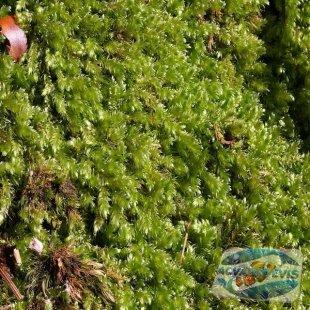
x20110221111741.jpg.pagespeed.ic.WN1bUJ_dGy.jpg from: https://www.acvariidevis.ro/apa-dulce/plante/isopterygium
Exploring the Fascinating World of Isopterygium chryseolum Besch. Moss
Introduction
Mosses are often overlooked, but they play crucial roles in ecosystems around the world. One particularly interesting species is Isopterygium chryseolum Besch., a moss in the Pylaisiadelphaceae family. In this blog post, we’ll dive into the details of this fascinating plant.
Background
Isopterygium chryseolum is a species of moss, which are non-vascular plants in the division Bryophyta. Mosses lack true roots, stems, and leaves, instead having structures that serve similar functions. They reproduce via spores rather than seeds and are found in a wide range of habitats worldwide.
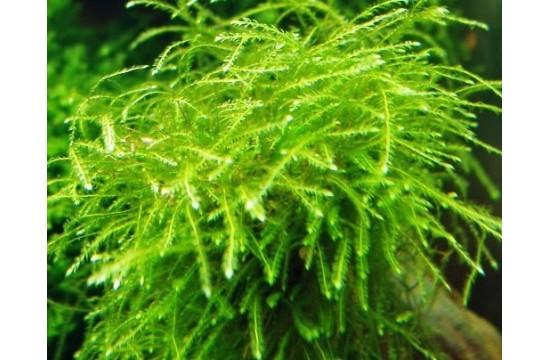
mini-taiwan-moss-isopterygium-sp-malla-6×6.jpg from: https://www.gambamania.com/musgos-en-porciones/409-mini-taiwan-moss-isopterygium-sp-malla-6×6.html
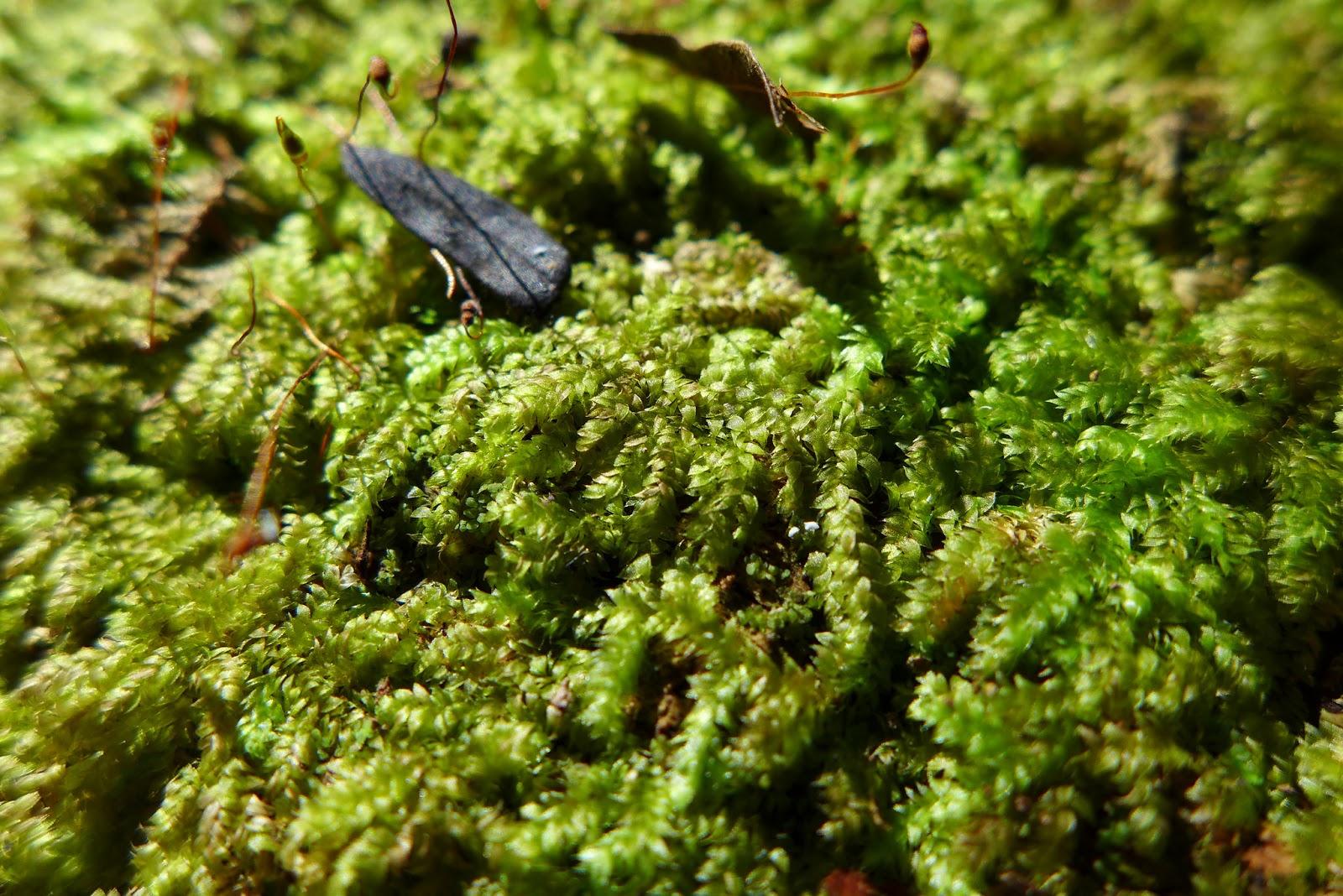
12322276105_6531b7369a_k.jpg from: http://botanyprofessor.blogspot.com/2017/11/mosses-of-central-florida-40.html
Morphology and Identification
Isopterygium chryseolum forms dense mats of green to golden-green. The individual plants have pinnately branched stems that are prostrate
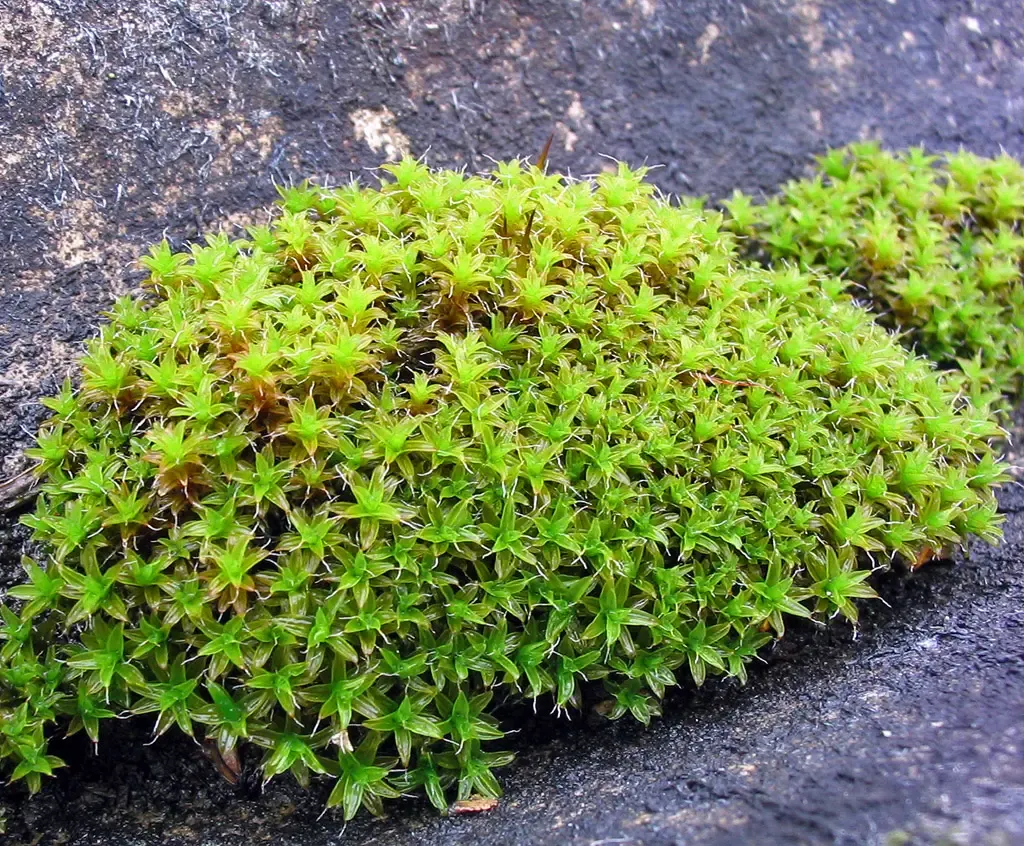
Star.jpg from: https://plantasacuario.es/blog/9_atlas-musgos-acuaticos
(lying flat). The leaves

mini-taiwan-moss-isopterygium-sp.jpg from: https://www.aquaplante.fr/mousse-aquatique-de-java-pour-aquarium/aquaplante-plantes/3048-mini-taiwan-moss-isopterygium-sp.html
are ovate-lanceolate in shape, concave, and have a short double costa (midrib). The leaf margins are entire (smooth-edged).
The sporophytes (spore-producing structures) have elongated seta (stalks) and inclined to pendent capsules
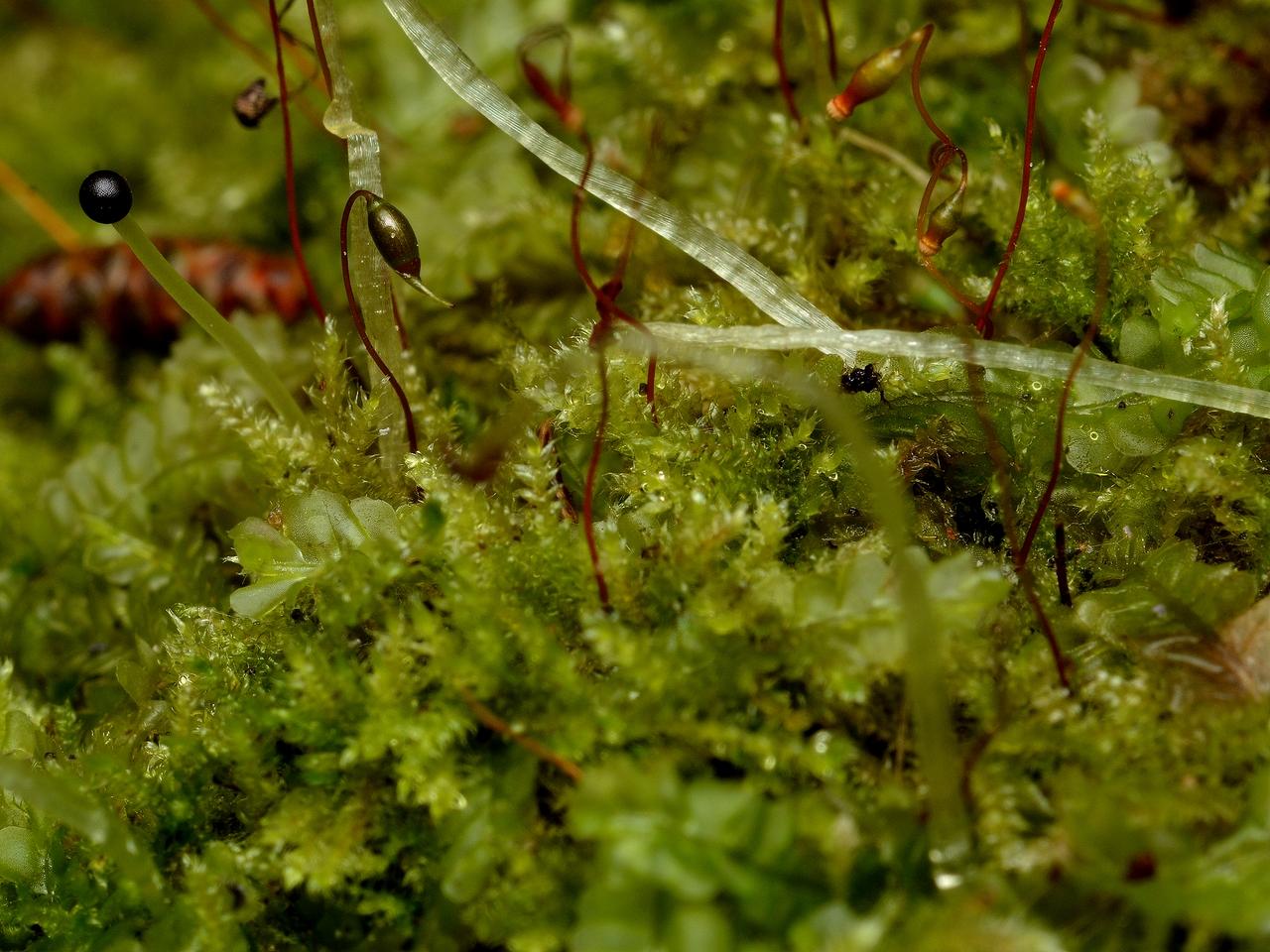
siroichiigoke200305_1.jpg from: https://soyokaze2jp.blogspot.com/2020/05/blog-post.html
. The peristome (toothed structure around the capsule mouth) is
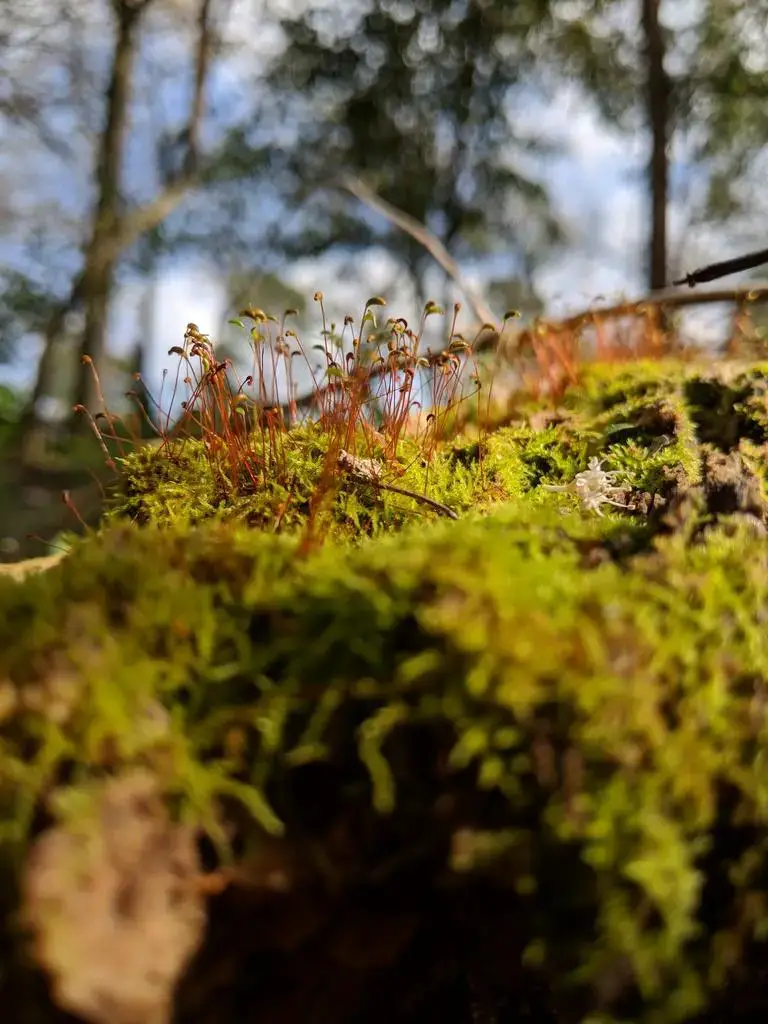
large.jpg from: https://www.inaturalist.org/observations/10140459
double, which is a key identification feature.
Global Distribution and Habitat
Isopterygium chryseolum has a wide distribution, being found in Asia, Africa, Australia, and South America. It grows on tree trunks, branches, and decaying logs in humid forests from lowlands to mountains. The species prefers shaded locations with high moisture availability.
Ecological Roles and Adaptations
As with other mosses, Isopterygium chryseolum plays important roles in its ecosystem:
- Moisture retention: The dense mats help retain moisture and prevent erosion.
- Nutrient cycling: It aids in breaking down organic matter and cycling nutrients.
- Microhabitats: The mats provide shelter for small invertebrates.
- Colonizing disturbed areas: It can colonize disturbed substrates like landslides.
The species has adaptations for its environment:
- Desiccation tolerance: It can survive periods of drying out.
- Leaf structure: The concave leaves help channel water for efficient uptake.
- Vegetative reproduction: Fragmented stems can regenerate into new plants.
Conclusion
Isopterygium chryseolum is a prime example of how even tiny organisms like mosses can be fascinating. From its global distribution to its ecological importance, this species highlights the incredible diversity of the plant kingdom. Next time you’re in a humid forest, take a closer look – you might just spot this golden-green gem!